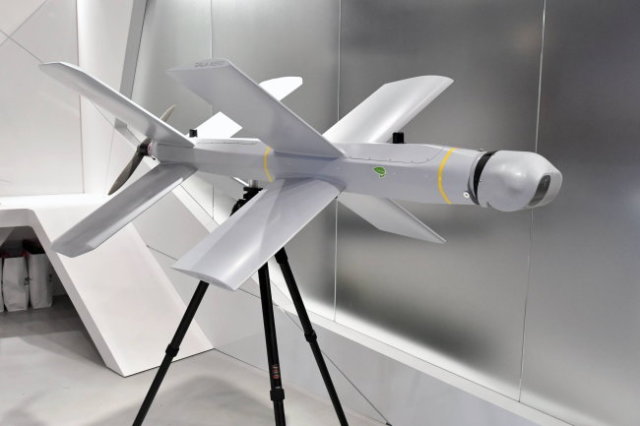A video of tests of the Lancet barrage ammunition from a naval carrier has been published. A drone launched from a small vessel landed on the shore.
Recall that in August, a representative of the Kalashnikov Group of Companies reported that state tests of the Lancets would begin at the end of 2021. The prototypes that were received for them were finalized taking into account their application.
Earlier, the head of Rostec, Sergey Chemezov, told about the tests of these drones during the fighting in Syria.
Barrage ammunition is created in two versions - "Lancet-1" and "Lancet-3". The first variant has a take-off weight of 5 kilograms and is capable of carrying a payload of 1 kilogram. The duration of its flight is 30 minutes.
The take-off weight of the second one is 12 kilograms and, accordingly, it can carry up to 5 kilograms of combat load. And it stays in the air a little longer - up to 40 minutes.
The Lancet UAV is a remote-controlled projectile. It is equipped with an electric motor, has several types of guidance (coordinate, optoelectronic and combined). It is capable of transmitting an image of the target via a television channel to the operator's console.
The drone's warhead is high-explosive. The warheads of both Lancets are equivalent to medium-caliber artillery shells.
UAVs are launched using a catapult. They are capable of speeds from 80-110 km/h. The Lancet's X-shaped tail will give it extra maneuverability. Due to him, he can even simulate the flight of a bird, confusing the enemy's air defense.
The drone strikes the target regardless of its stealth and terrain.
Oleg Koryakin

